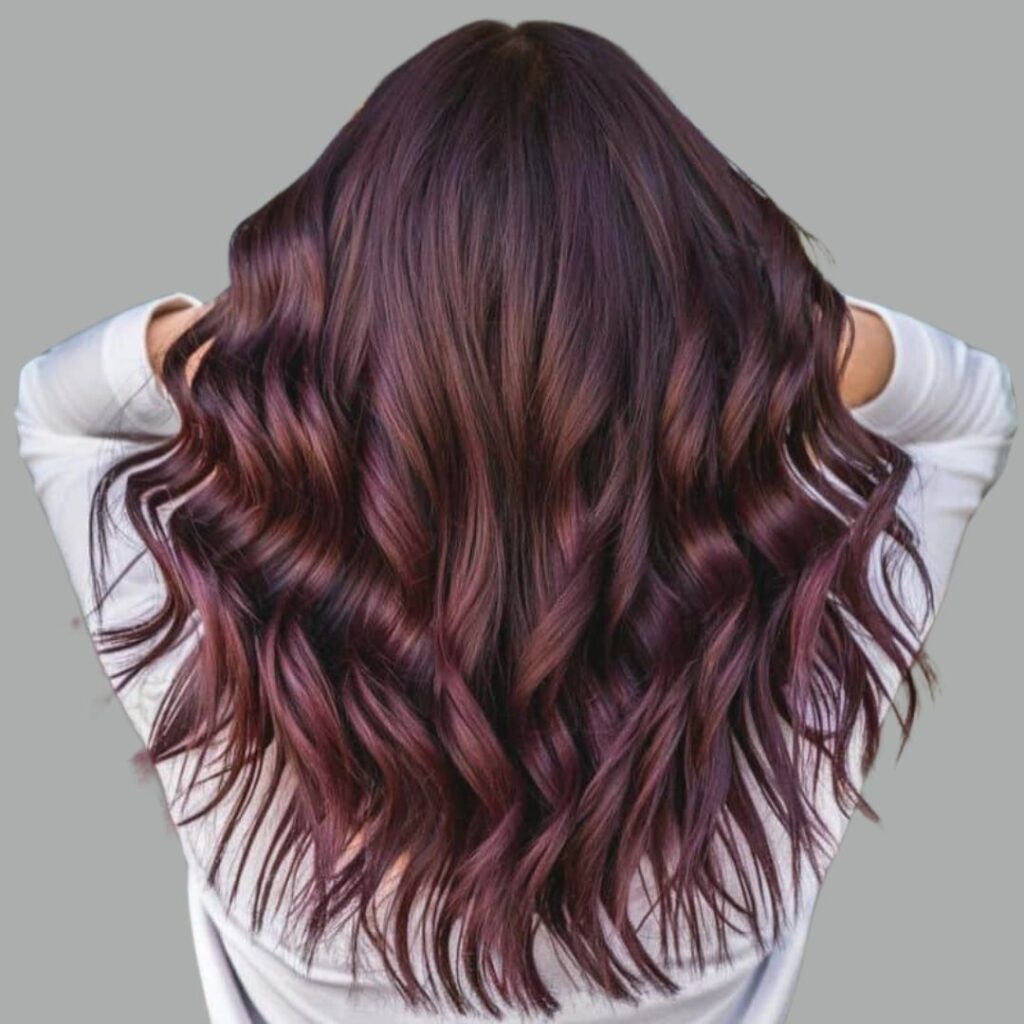The Hidden Risks of Frequent Hair Coloring: What You Need to Know

The Hidden Risks of Frequent Hair Coloring: What You Need to Know
Pune, March 14 – Hair coloring is a popular form of self-expression and beauty enhancement, but frequent use of chemical dyes comes with potential risks. From hair damage to long-term health concerns, regular exposure to harsh ingredients can lead to significant side effects.
Common Risks Associated with Frequent Hair Dyeing
Hair Damage and Breakage
Hair dyes often contain chemicals like ammonia and hydrogen peroxide, which strip natural oils from the hair. This weakens the hair shaft, making it prone to brittleness, dryness, and breakage over time.
Scalp Irritation and Allergic Reactions
Permanent hair dyes may contain paraphenylenediamine (PPD) and other harsh chemicals that can cause scalp irritation, redness, itching, and, in severe cases, allergic reactions. Some individuals may experience swelling, painful blisters, or dermatitis due to repeated exposure.
Hair Thinning and Hair Loss
Frequent coloring can weaken hair roots, leading to increased hair shedding and thinning. Ammonia-based dyes disturb the scalp’s natural balance, depleting essential nutrients and making hair more susceptible to breakage.
Altered Hair Texture
Repeated dyeing can change the natural texture of hair, making it coarse, frizzy, and difficult to style. The damage to the hair cuticle can cause hair to appear dull, porous, and lifeless.
Potential Long-Term Health Risks
Research suggests that certain chemicals in hair dyes may be linked to serious health concerns, including an increased risk of bladder and breast cancer. Some studies also indicate that these chemicals may disrupt hormones and affect the endocrine system.
Dry and Lifeless Hair
Chemical dyes strip moisture from hair, leading to excessive dryness. Without proper hydration and care, colored hair may lose its shine and vibrancy, appearing dull and brittle.
Risk of Eye and Skin Damage
Hair dye can cause irritation or burns if it comes into contact with the eyes or skin. Accidental exposure may lead to redness, swelling, pigmentation changes, or even chemical burns, emphasizing the need for careful handling.
Environmental Impact
Beyond personal health, chemical hair dyes contribute to environmental pollution. Many of these dyes contain toxic ingredients that wash into water systems, harming marine ecosystems and reducing water quality.
How to Prevent Hair Damage from Coloring
While hair coloring carries risks, certain precautions can help minimize damage:
- Nourish Your Hair – Maintain a balanced diet and use high-quality hair care products to keep hair healthy and strong.
- Use Quality Hair Dyes – Opt for premium dyes and avoid excessive bleaching. Seeking professional help can ensure safer application.
- Get Regular Trims – Frequent trims help remove damaged ends and keep hair looking fresh.
- Use Color-Protecting Products – Invest in sulfate-free shampoos and conditioners to prevent excessive dryness and fading.
- Limit Hair Washing – Wait at least two to three days after coloring before your first wash. Use cold water to maintain color and reduce damage.
- Protect Against Heat Damage – Reduce heat styling and use heat protectants to prevent further weakening of colored hair.
By being mindful of these risks and taking proactive steps, individuals can enjoy the beauty of colored hair without compromising its health.












